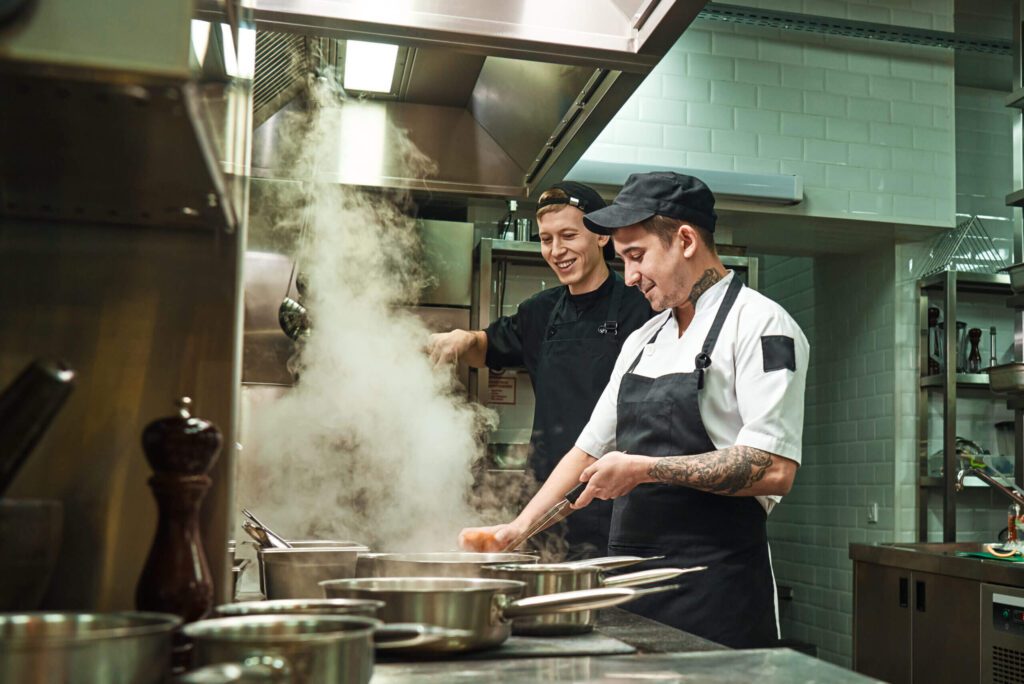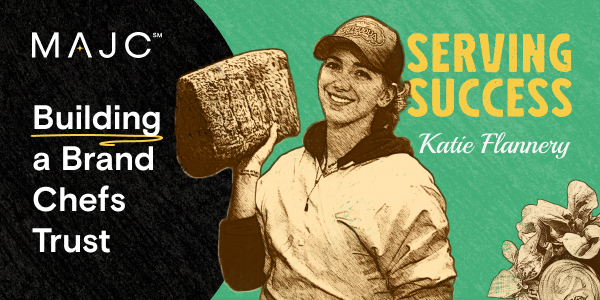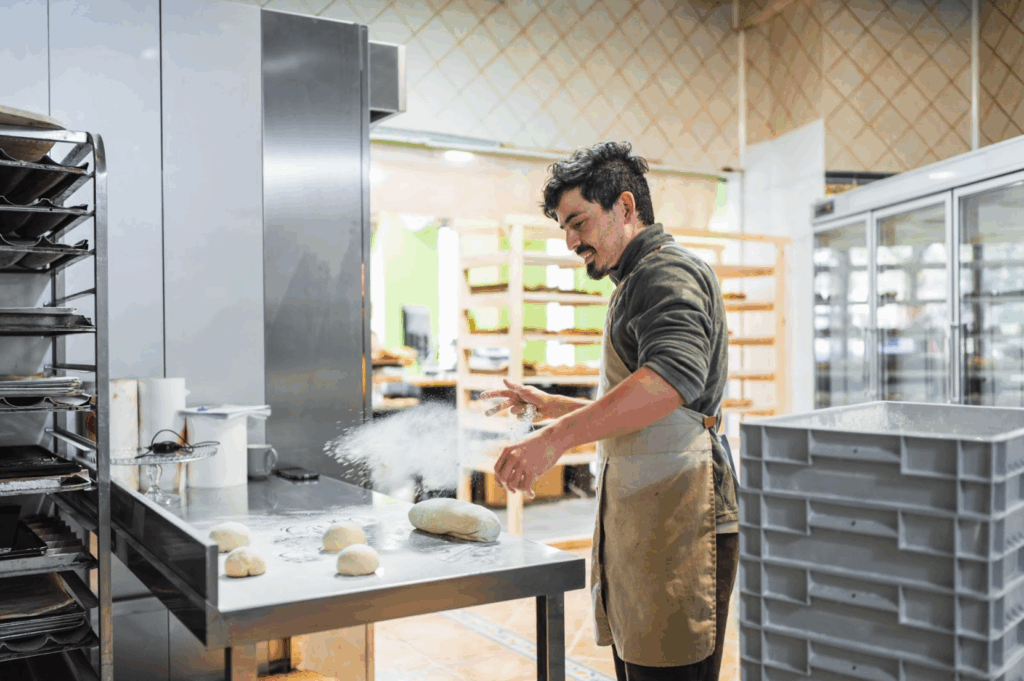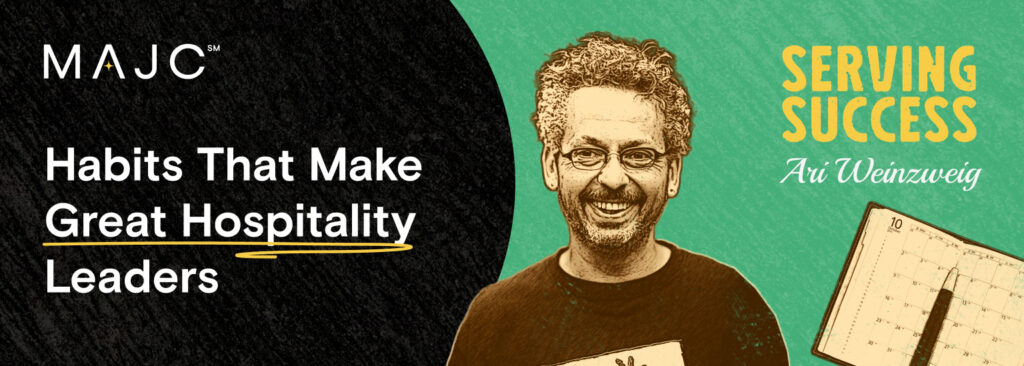
Smart training builds confident teams, stronger systems, and better guest experiences. Here’s how top restaurant leaders do it quickly and without cutting corners.
Training isn’t a luxury. It’s the backbone of every shift, system, and service. But in an industry known for high turnover and tight margins, many restaurants still treat training like a side project instead of a core investment.
The result? New hires get thrown onto the line without enough prep. SOPs exist, but no one explains them. Skills vary from shift to shift, and quality suffers.
At MAJC, we’ve interviewed more than 100 chefs and operators on the Restaurant Ready and Serving Success podcasts. We’ve learned that effective training isn’t about doing more. It’s about doing it smarter, with clarity, consistency and a little creativity.
Here’s how top-performing restaurants train new staff quickly, without sacrificing quality.
1. Build the System Before You Need It
Training starts long before a new hire shows up. The best operators have systems in place that take the guesswork out of onboarding, so when someone new joins the team, the pathway is already clear. That means having a documented training flow, station guides, shadow days, checklists, and scheduled touchpoints.
As chef André Natera puts it, “If you’re trying to figure out training while you’re busy, it’s too late.” And HopDov’s Annie Eisemann agrees, “If you don’t have a system, you’re training on vibes.” Training isn’t just about speed. It’s about repeatability. That’s how you ensure quality, even under pressure.
2. Show, Don’t Just Tell
Learning by doing is still the gold standard in hospitality. Most strong operators blend short bursts of information with guided, hands-on work. New hires shadow teammates, practice real tasks and check their progress with short, structured reviews. And as HopDov’s Molly Hopper Sandrof points out, it’s critical to avoid overwhelm, “Chunk it out. Day one should just be: here’s the space, here’s your buddy, here’s the vibe.”
Chef Graham Elliot says, “You can’t learn the rhythm of the kitchen from a binder.” And chef Michel Nischan adds that visual and kinetic training helps make knowledge stick. Use show-and-tell, short videos and real-time demos. Then build in moments to practice and reflect before service gets too intense.
3. Pair People Up and Build Belonging
New hires don’t just need instruction. They need relationships. The fastest way to build confidence and reduce turnover? Give them a person, not just a packet. A buddy, mentor or designated point of contact gives your training structure a heartbeat.
Chef Emily Luchetti calls mentorship the secret sauce of great teams. Chef Gabriel Rucker talks about the power of personal connection, “If someone’s struggling, I want them to know they can come to me.” And Eisemann and Hopper Sandrof remind us that new hires are watching everything, “Culture is trained, too. If their buddy is negative, they will be too.” Choose who carries your culture carefully.
4. Train the Managers, Too
Most training systems fall apart at the delivery point. If your managers haven’t been trained to teach, they’re improvising, and that leads to inconsistency, confusion and missed expectations. Eisemann and Hopper Sandrof urge operators to be clear about who owns onboarding, “Don’t leave it to chance. Make it someone’s job.”
Chef Ron McKinlay puts it plainly, “If your leads don’t know what good looks like, they can’t coach it.” Managers need tools, structure, and accountability. So train the trainers, and then check in on how they’re doing, too.
5. Feedback Can’t Wait Until Week Two
Don’t wait for the 30-day review. New hires need frequent, specific feedback starting day one. It’s how they know what’s going well, what needs adjustment and that someone’s paying attention. And it doesn’t have to be formal, just honest and clear.
Eisemann and Hopper Sandrof teach a “praise and redirect” model. Start with what’s working, then gently shift to what needs improvement. Chef Joe Flamm offers a simple rule, “One thing they’re doing well, one thing to tighten up.” And finance expert Meghan Blair recommends tracking a few key metrics, like order accuracy or pace, to guide those conversations with data, not just feeling.
6. Don’t Forget the Why
You can teach someone how to stock a station or run the register. But if you don’t explain why it matters, why it’s done that way, what it connects to, and what the impact is, you miss a powerful opportunity to build culture and purpose.
Chef Sarah Grueneberg makes this part of her onboarding, “They’re not just learning a station. They’re learning what hospitality means here.” Eisemann and Hopper Sandrof back that up, “Training is the first place to set expectations around the values you say you care about.” Make it part of the conversation. The tasks are the training, but the why is what sticks.
Bottom Line: Start Small, Stay Consistent
Training doesn’t need to be perfect. It just needs to be intentional. Every restaurant has its own rhythm, and strong training helps new team members find their place in it.
The most effective operators don’t wait until someone’s failing to start teaching. They build systems that work from day one. They mentor, they check in and they lead by example. That’s what turns a first week into long-term retention, and a new hire into a team player.
Ready to build stronger systems and better teams? Join the MAJC Community to learn from chefs, operators, and experts who are redefining what leadership in hospitality looks like.
At MAJC, AI helps us organize thoughts and speed up workflows, but every article is shaped, refined, and approved by real people who live and breathe this industry. We think honesty (like hospitality) works best when it’s real.


